-
ABOUT US
-
ACADEMICS
Curriculum Program
Departments
- English
- High School Chinese
- Primary and Junior School Chinese.
- High School Mathematics
- Middle School Mathematics
- Primary School Mathematics
- Music and Fine Arts
- Physical Education
- Physics
- Chemistry
- History and Geography
- Physical Science and Optional courses Department
- Middle School Biology
- High School Biology
- Social Sciences
- Computer Science
- Courses in Primary School
Achievements and Matriculations
College Counseling
Science & Technology Innovation Contest
-
ARTS
-
ATHLETICS
-
AT SHSID
SHSID ∣ TIMES
PTSA
Club Exhibition
- 龙吟社
- Live 2 Drama
- Choir
- Hip-pop Dance Club
- The Primary School Dance Troupe
- Symposiums Club
- Biology Workshop
- You Shan
- VEX Robotic
- Peking Opera Club
- Baseball Club
- Model United Nations
- The World Scholar’s Cup
- Future Problem Solving Club
- United States Academic Pentathlon
- OM Club
- AMC Club
- Music for Patients
- SHSID Gazette
- Smile Charity
- Cultural Moments
- SciAcademy
- Stem Doge Alliance
- Chinese Debate Club
- IAA
- Mock Trial Club
- Zhengming Club
- Art-to-zine
- Bananaheads
- Electronics
- Furry Friends
- GT-Racing
- MCG Philharmonics
- Village Radio
- IMMC Club
- Creative Design and Intelligent Fabrication
- Future City Research Project
- ECOCAP
- AdvocaSEA
- SPDC
- Medishine
- Floorball Club
- Animusic MTC
- Wings Up
Health and Wellness
Campus Safety
Cafeteria Service
-
ADMINISTRATION
-
ADMISSIONS
-
ALUMNI
Alumni Information
Honors Students
- Class of 2024
- Class of 2023
- Class of 2022
- Class of 2021
- Class of 2020
- Class of 2019
- Class of 2018
- Class of 2017
- Class of 2016
- Class of 2015
- Class of 2014
- Class of 2013
- Class of 2012
- Class of 2011
- Class of 2010
- Class of 2009
- Class of 2008
- Class of 2007
- Class of 2006
Who Studied at SHSID
SHS Foundation
-
DOCUMENTS
Middle School Math Department | From Blueprint to Design – Exploring Proportions in Real Life
Proportions play a significant role in everyday life. In middle school math, students are required to not only understand the fundamentals of proportions but also apply them in complex real-world scenarios. Examples include using precise proportions to create architectural models, converting distances with map scales, and interpreting data through proportional relationships in graphs.
To cater to students' diverse interests, this project offered two pathways: one focused on redesigning and renovating an old apartment, and the other on exploring creative fashion design.


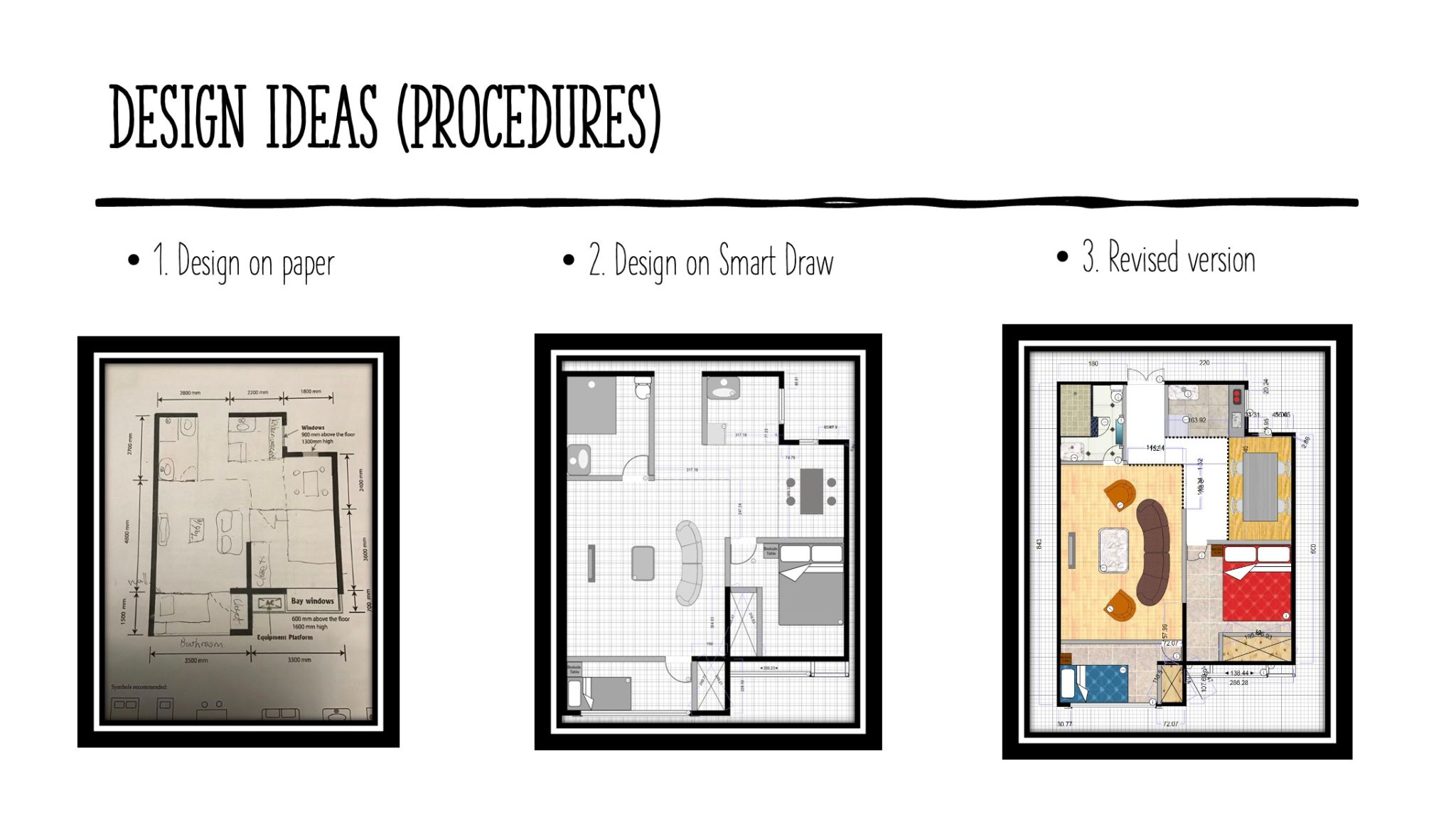
Students who chose the apartment renovation pathway delved into the use of proportions in architecture. They considered various factors, such as scale, material budgeting, and spatial layout, to ensure their designs were both functional and visually appealing. Their first task was to create scaled floor plans, transforming conceptual ideas into detailed blueprints. They then explored advanced applications of proportions, such as analyzing construction costs, forecasting project timelines, and optimizing space usage. With their calculations and designs, numbers turned into bricks, and charts evolved into visions of the apartment’s future.


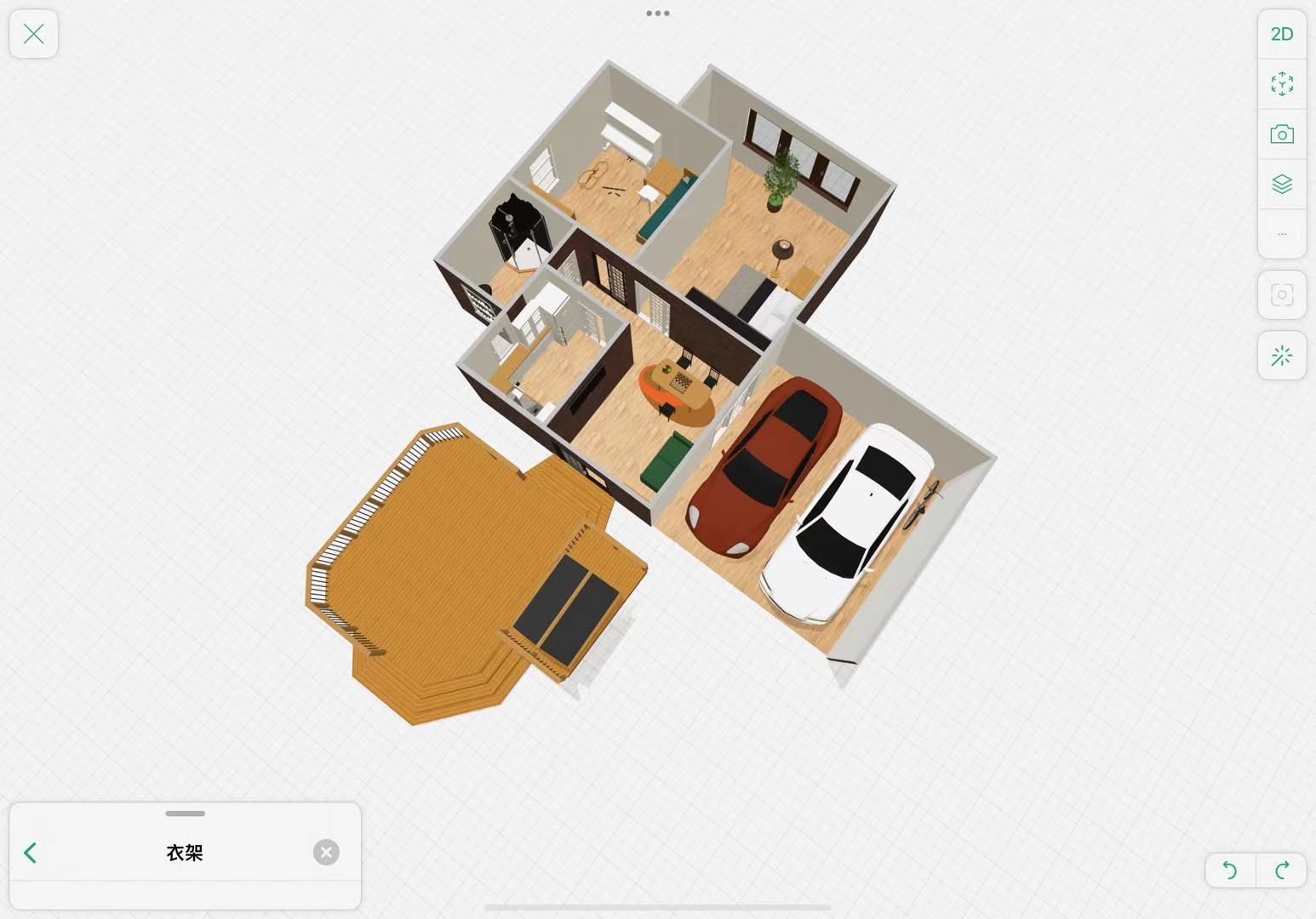
Students interested in fashion design explored the role of proportions in creating garments that balance aesthetics and practicality. They adjusted measurements, optimized designs, and demonstrated how proportions influence both functionality and visual appeal. Using imagination as their brush and scale as their palette, they crafted unique styles that were both innovative and harmonious.
In their final presentations, students showcased their work through speeches and posters, confidently addressing real-world questions posed by teachers. They demonstrated strong mathematical reasoning, creativity, and teamwork throughout the process.
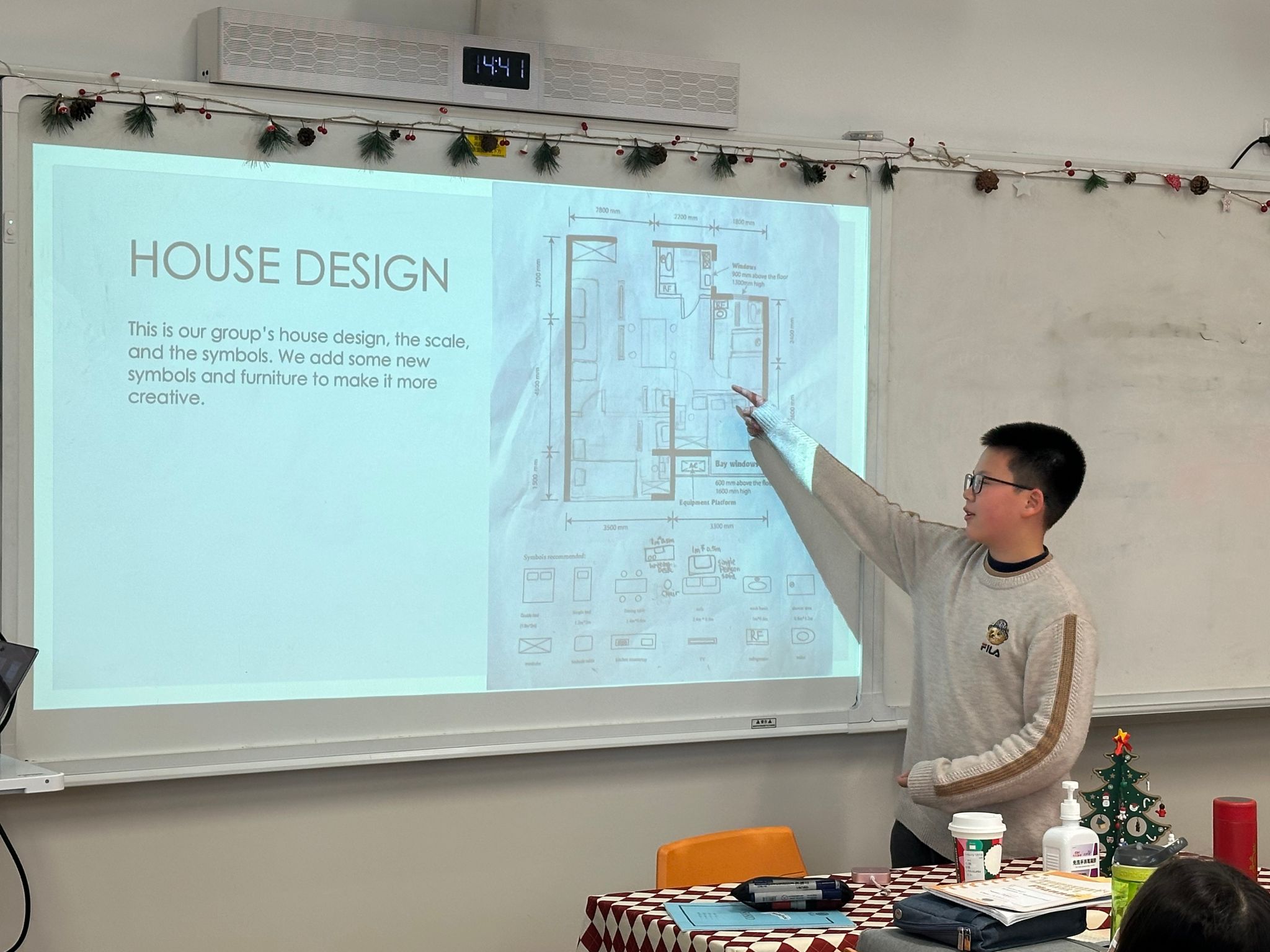
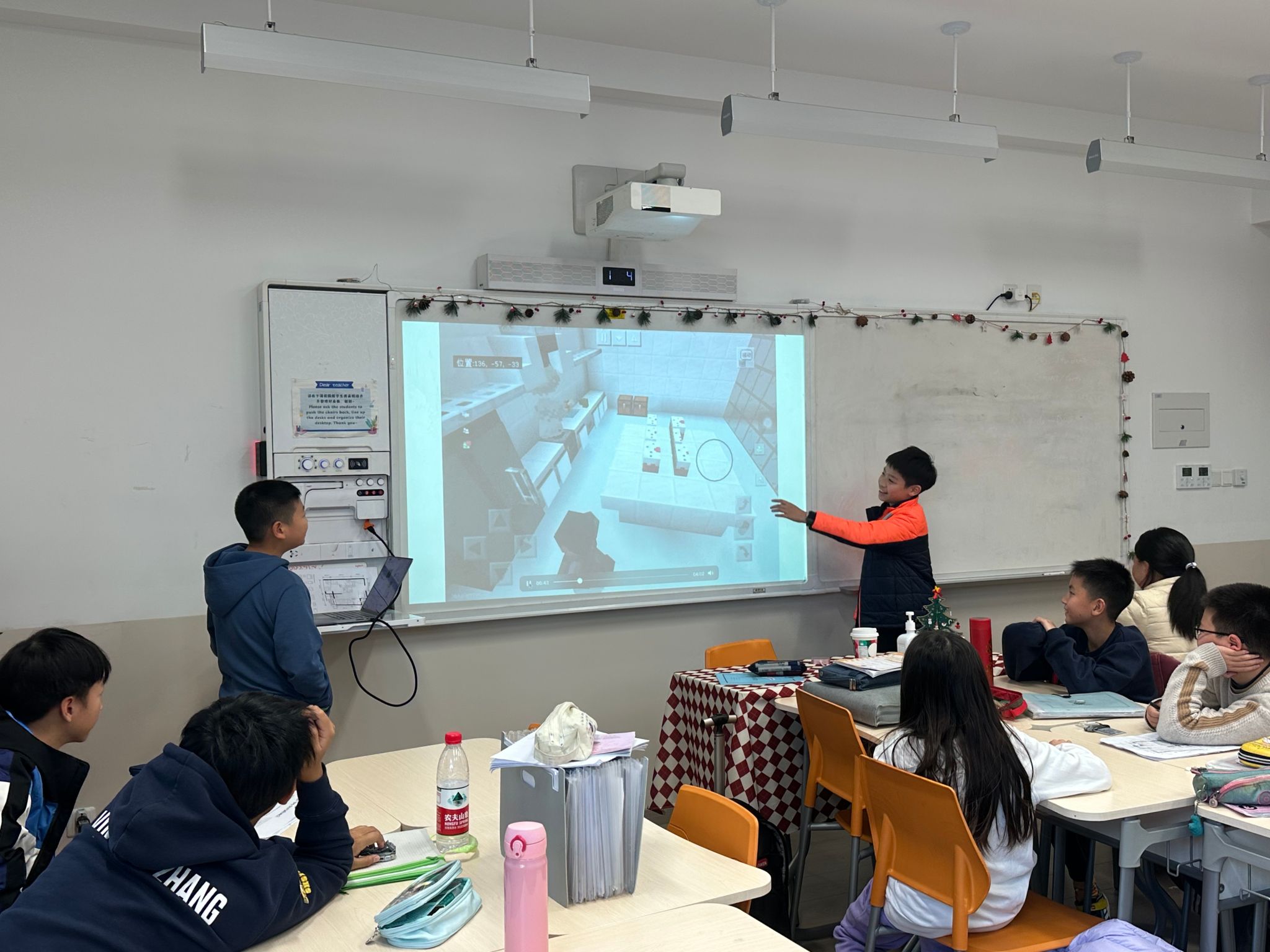

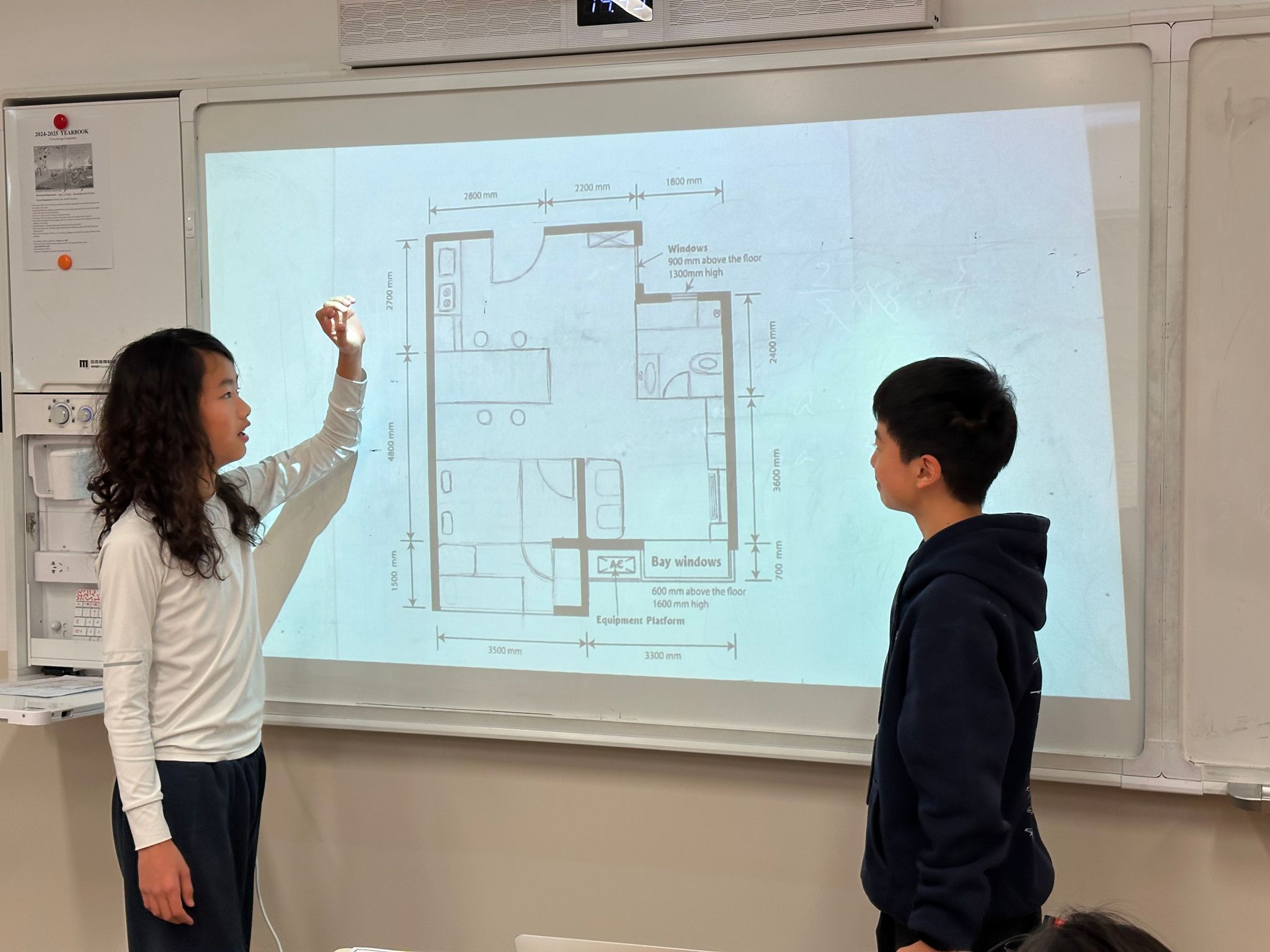
Through this engaging project, students realized that mathematics is not just abstract symbols and formulas, but a source of wisdom closely connected to life, empowering them with the insight and ability to solve real-world problems.
Written by Peiyao Tang, Wei Xu
Pictures by Grade 6 math teachers
Edited by Cong Luo
Reviewed by Chenli Shen, Cong Luo, Judah Kuhn